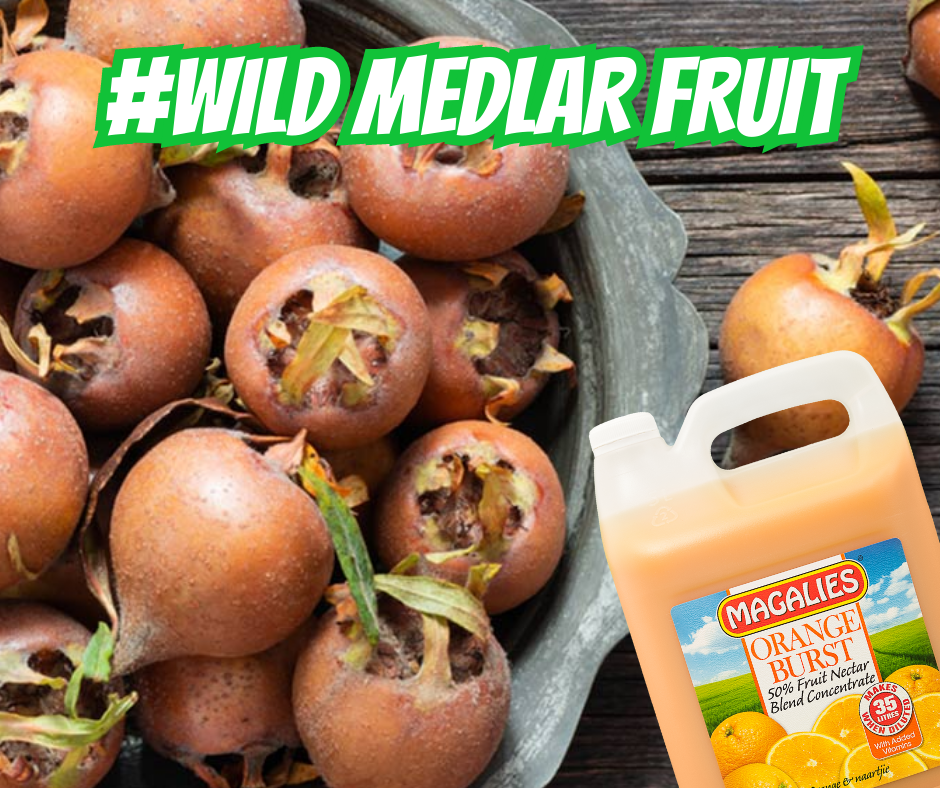by Dr. Marli Botha
The benefits of fermented foods consumption have been demonstrated in a number of research reports. These qualities have been demonstrated, for example, to reduce childhood diseases such as diarrhoea and malnutrition. Thus, fermented foods may be recommended for improving the health and nutritional quality of traditional African foods and regular inclusion of fermented foods as part of the daily diet would be desirable.
Here are 3 great examples of truly South African fermented food products:
- Amasi (in Zulu and Xhosa), maas in Afrikaans and mafi in Sesotho, is the common word for fermented milk that tastes like cottage cheese or plain yogurt. It is very popular in South Africa and Lesotho. Amasi is traditionally prepared by storing unpasteurised cow’s milk in a calabash container (Xhosa: iselwa, Zulu: igula) or hide sack to allow it to ferment. The fermenting milk develops a watery substance called umlaza; the remainder is amasi. This thick liquid is mostly poured over the mealie meal (maize flour) porridge called ‘pap’ (Xhosa: umphokoqo), or drunk straight. It is traditionally served in a clay pot (Zulu: ukhamba) and eaten with wooden spoons. Amasi is also produced commercially using Lactococcus lactis subspecies lactis and L. lactis subspecies cremoris.
- Mageu is a traditional Southern African, non-alcoholic drink among many of South African people made from fermented mealie pap. Home production is still widely practiced, but the drink is also available at many supermarkets, being produced at factories. Its taste is derived predominantly from the lactic acid that is produced during fermentation, but commercial mageu is often flavoured and sweetened, much in the way commercially available yogurt is.
- Umqombothi, from the Xhosa and Zulu language, is a beer made from maize (corn), maize malt, sorghum malt, yeast and water. It is commonly found in South Africa. It is very rich in vitamin B. The beer has a rather low alcohol content (usually less than 3%) and is known to have a heavy and distinctly sour aroma. In appearance, the beer is opaque and light tan in colour. It has a thick, creamy and gritty consistency (from the maize).
It is important to mention that no food is meant to be a cure-all for any condition, though there are certainly health and skin benefits contained within them. The one thing you should always do before using a new skin care product is to do a patch test to look for allergies and sensitivities.





